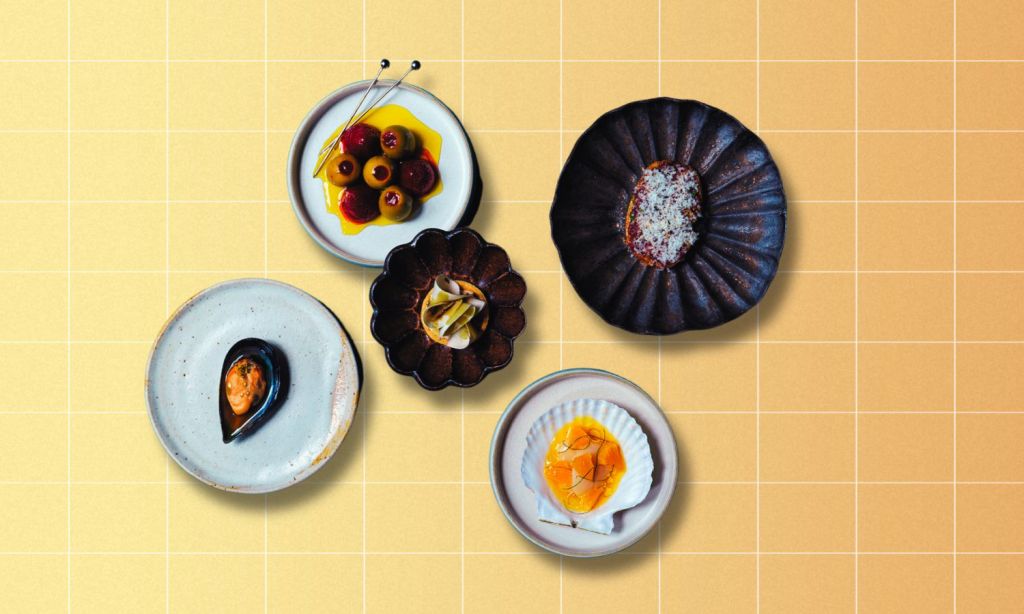For better or worse, you will always remember your first tasting menu. Mine was at Thomas Keller’s coveted Per Se in Manhattan, New York, overlooking Central Park. I was 21 and had no business being in a dining room with white tablecloths and chairs too heavy to pull out yourself, tucking into a meal costing $355 per person. At that time, if I’m honest, that was more than half my month’s rent. But it was my job; I was (still am) a food writer, and that was my assignment.
At first, the thought of eating nine courses seemed impossible, but I quickly learned the experience is a marathon, not a sprint. I observed the people around me, who actually looked like they belonged, pick up the outside fork because, in fancy restaurants like this, even your cutlery is divided into checkpoints.
Two and a half hours later, time spent shadowing the motions of other diners in a poor attempt to feel like I belonged, I was done. The dessert, which looked like it should be hanging in the Louvre, not on my plate, was graciously devoured by yours truly, and I walked out satisfied but not bursting at the seams. Though that still didn’t stop me from walking around Central Park for an hour — in heels, I might add — to, as we say, when we feel like we’ve eaten a lot, “walk it off.”
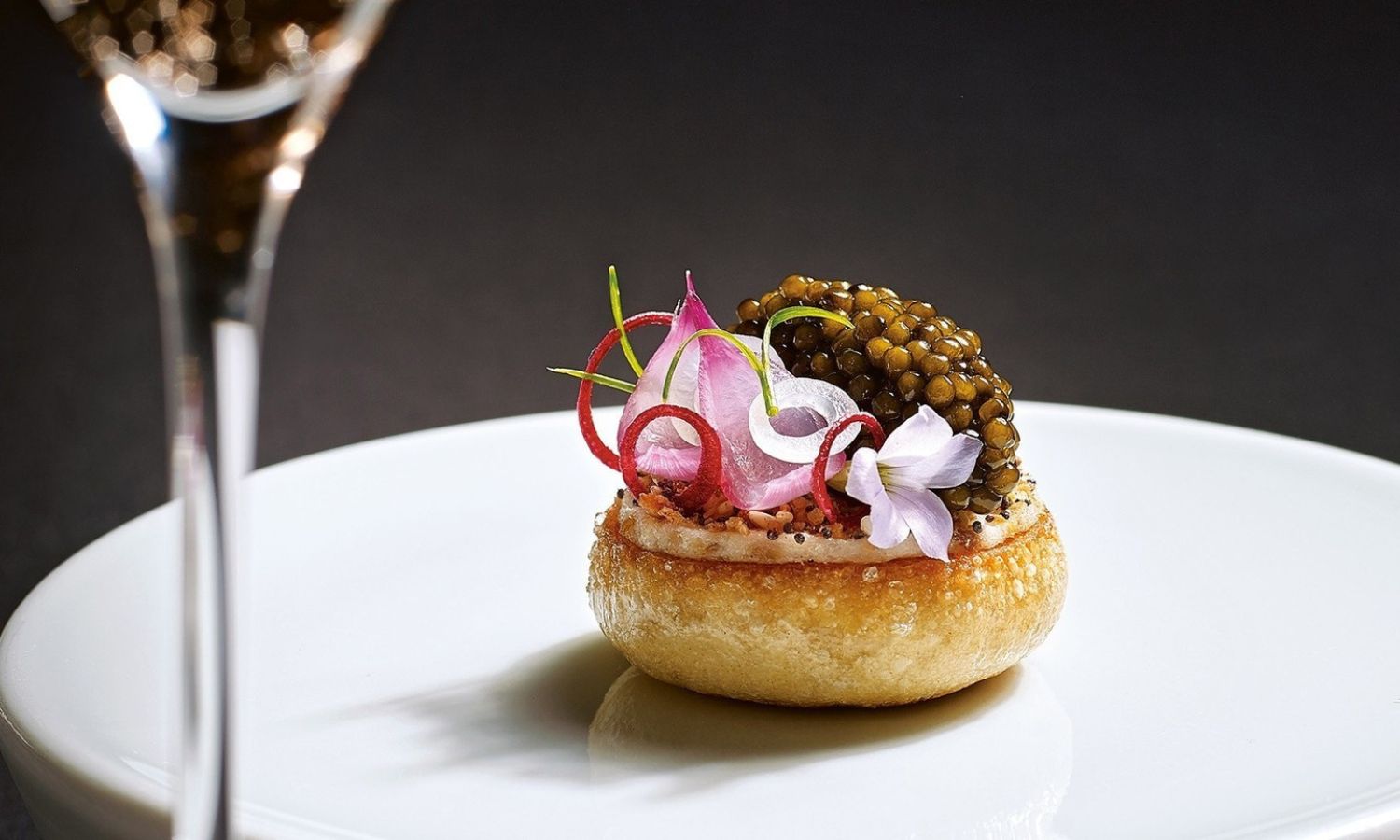
Fast forward to the present, I’ve probably had hundreds of tasting menus, from the coveted omakase at Masa to a degustation in an underground flamenco club in Madrid. Though, one of my favourite tasting menus can be found right here in Sydney, at the hands of Josh Niland at Saint Peter in Paddington.
Unlike Per Se or Eleven Madison Park, the tables aren’t dressed in white; there are no heavy chairs or waiters folding napkins on your lap. Instead, it’s like walking into a friend’s kitchen. You feel warm and welcome; there’s an energy in the air. As for the menu itself, it’s unlike anything I had previously, which is the main reason I hold it in such high esteem. There truly is no one cooking like Josh Niland. The meals he creates from just fish still baffle me.
However, the crux of the matter lies elsewhere. The tasting menu has evolved significantly from its elitist, eye-watering-ly expensive roots, once reserved for the privileged few. Today, you can find a tasting menu in a bar and casual restaurants with vibrant decor. The tasting menu baggage (as I like to call it) of egomaniac chefs and pompous staff has shifted to connotations of casual and affordability — to the benefit of diners and restaurants.
Dorothy Lee, who prefers to be called Dot, made her mark on Sydney’s dining scene with Hartsyard, where fresh, seasonal produce reigned supreme, but her latest seafood-focused venture, Longshore, proves people are curious about tasting menus, especially her 10-snack flight menu.
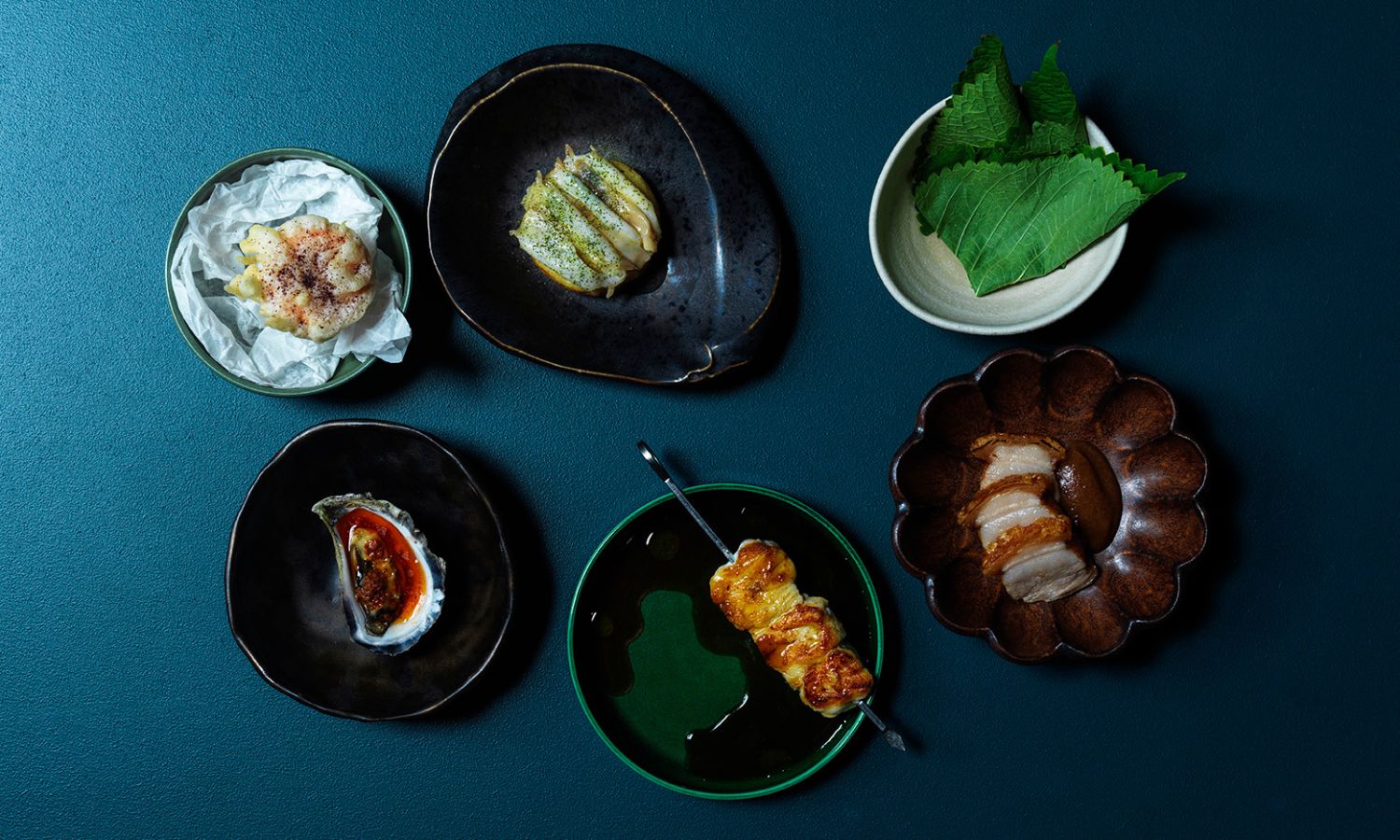
“I realised I never liked to eat a proper meal when I’m catching up with my friends. I liked to snack,” she said. That’s when Dot realised the snack menu would be perfect for Longshore. “People can catch up, have a nibble, a glass of wine, then still go out for dinner, or go home. Even if they are still hungry, they can always add on from the à la carte menu.”
Developing this concept wasn’t without its challenges. “We changed the menu so many times. It might look great on paper, but it was a nightmare service-wise, so we decided to build the flight from the à la carte offering,” she said.
The snack flight menu at Longshore is priced at $80 per person, with the option of a beverage pairing. Each snack is a bite-sized explosion of Dot’s renowned flavours. Imagine a black tiger prawn tart with bursts of finger lime, steamed ‘Rusty Wire’ oysters bathed in truffle brown butter, or a Port Lincoln Green lip abalone party pie served with a swirl of mushroom ketchup — among many other delectable courses.
“Most diners are ordering from the à la carte menu, but we’re seeing more interest with the snack flight menu,” noted Lee, who recounted a story of a returning customer who orders the snack flight twice a week.
“It’s how I like to eat when I go out, trying different things instead of sitting down to eat one dish,” she said. “The snack menu is fun, and I think more people are realising the benefits of tasting menus.”
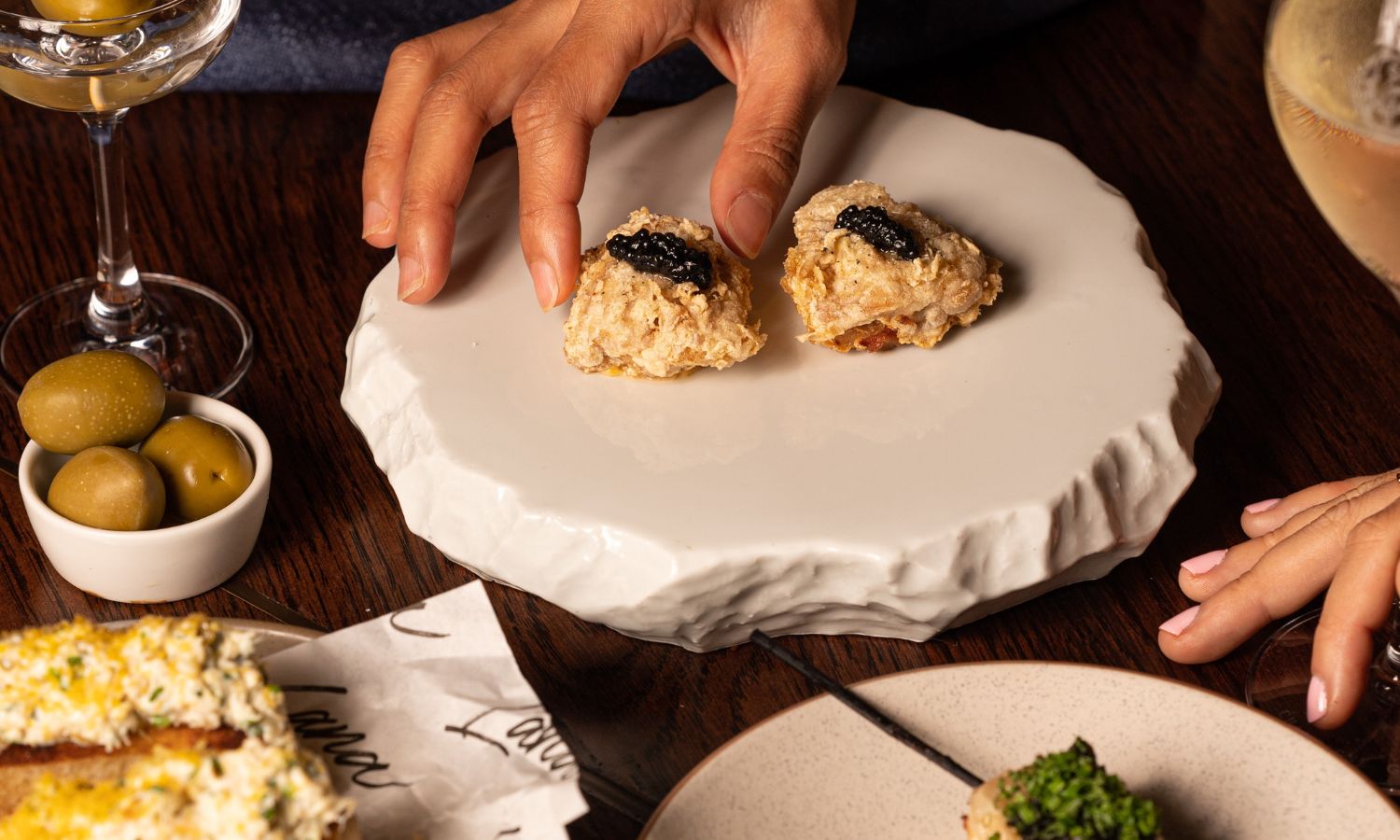
Then there are the restaurants that only employ the set menu, like Lana in Circular Quay. Head chef Alex Wong characterises it as a semi-set menu, where diners start with three bite-sized snacks and get a choice of an entree and a main as a set, but can then choose other dishes.
“Our playlist menu is where you can have a bit of fun, and it’s where we (chefs) can get creative in the kitchen,” he said. “It evolves depending on what produce we get that week, which keeps it interesting for our regulars.”
The Lana Playlist menu has everything from a starter of grilled scallop with sate butter and chicken wing fritto with caviar to heavier mains of saffron rigati and the popular Moreton Bay Bug spaghetti.
Although when asked, Wong attributed the popularity of set menus to people not wanting to make decisions and “value for money,” he underscored the cost-effectiveness of these menu options.
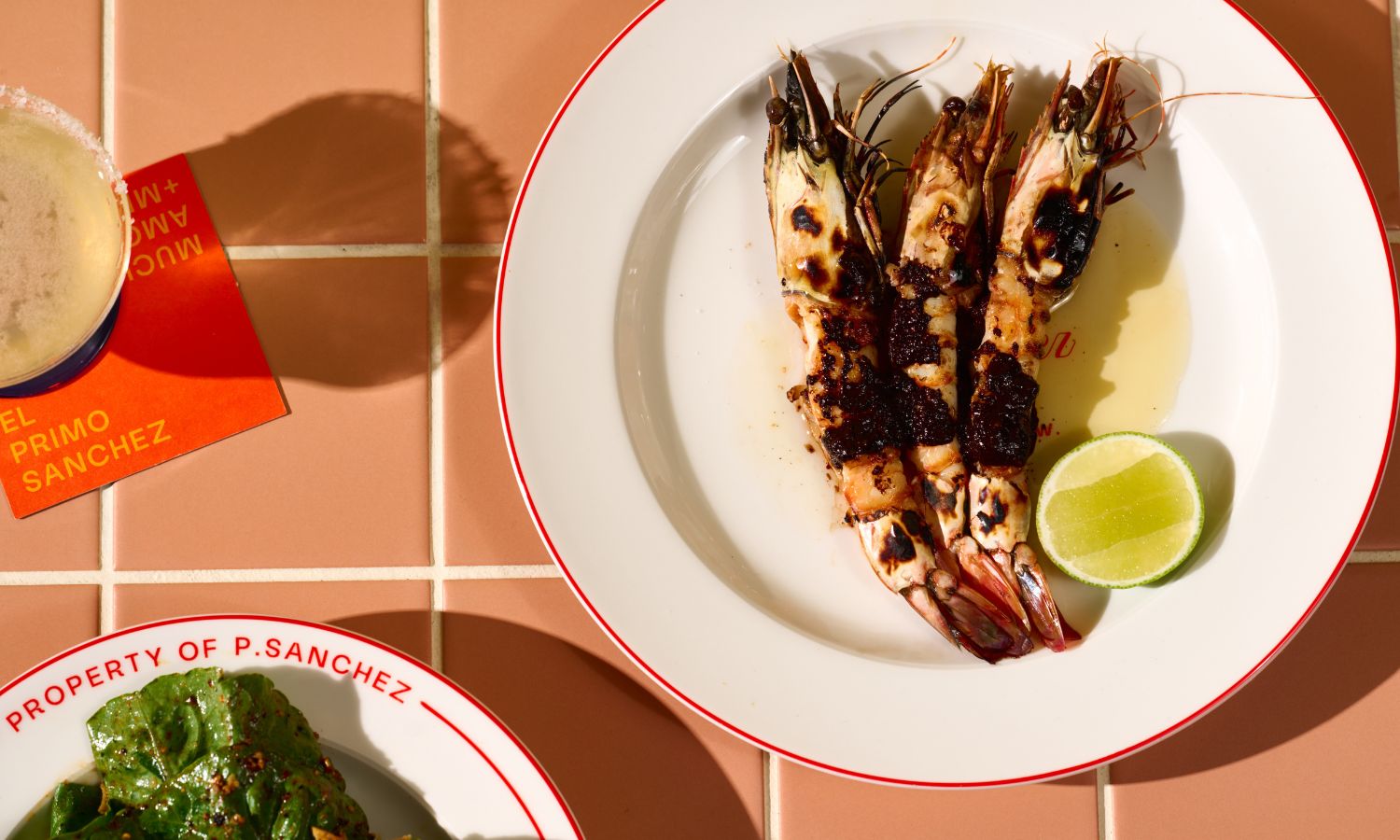
For some chefs, tasting menus serve as an opportunity for culinary education. At El Primo Sanchez, Maybe Sammy’s Mexican cocktail bar in Paddington, head chef Alejandro Huerta breaks the mould of conventional Mexican street food, employing a set menu to broaden diners’ horizons.
“A lot of people who come here order a cocktail and the tacos. They always go for the tacos, but that’s not all Mexican food is,” says Herta. To educate their patrons, Huerta crafted a set menu featuring a diverse array of flavours and dishes, all at a price that’s hard to resist.
“Everything we make here is the way we would make it in Mexico,” says Huerta. “The cheese is from Oaxaca; we use fermented chilli; we have an authentic Mole on the menu—it’s Mexican cuisine, not Australian-Mexican.”
Huerta’s set menu is priced at $65 per person for the small version and $85 per person for the larger offering, featuring eight to ten courses. The menu even includes shareable snacks like guacamole, perfect for nibbling while waiting for drinks.
The rest of the menu dives into bigger bites, including a chicken tinga quesadilla, a choice of two tacos because, as Huerta mentioned, everyone loves the tacos, charcoal tiger prawns, and a red mole with bok choy and puffed quinoa.

“Mole is a traditional Mexican dish, and I think people are afraid of it, which is why I put it on the menu,” chuckled Huerta. “It worked because we’ve heard good feedback about the dish. People have lost their fear of it.”
For Huerta, the set menu allows him to unleash his “creative energy.” Tasting menus are designed to be flexible, adapting to changes on the fly. They’re not set in stone, and this inherent adaptability provides an exciting experience for both diners and chefs.
At the heart of a tasting menu is the promise of a culinary journey, but the restaurant or bar sets the tone. If I hark back to my omakase experience at Masa, which cost a staggering $500 per person (according to their website, it’s now $1,000pp), the atmosphere was undeniably formal. In the presence of a culinary legend, Masa Takayama, I adhered to a decorum I can only describe as rigid and proper.
That’s one of the reasons I appreciate Rekodo’s Omakase experience in Barangaroo. I like to think of it as high-end chill. At night, an air of tunes from every decade ushers you into a booth or table below the stage. There are bar stools and slightly more comfortable stools at the chef’s counter. The omakase offering, which translates to “I’ll leave it up to you”, is traditionally eaten at a counter, but here, you can pull up any available chair and opt-in for the omakase experience, removing the stiff stigma around the experience.
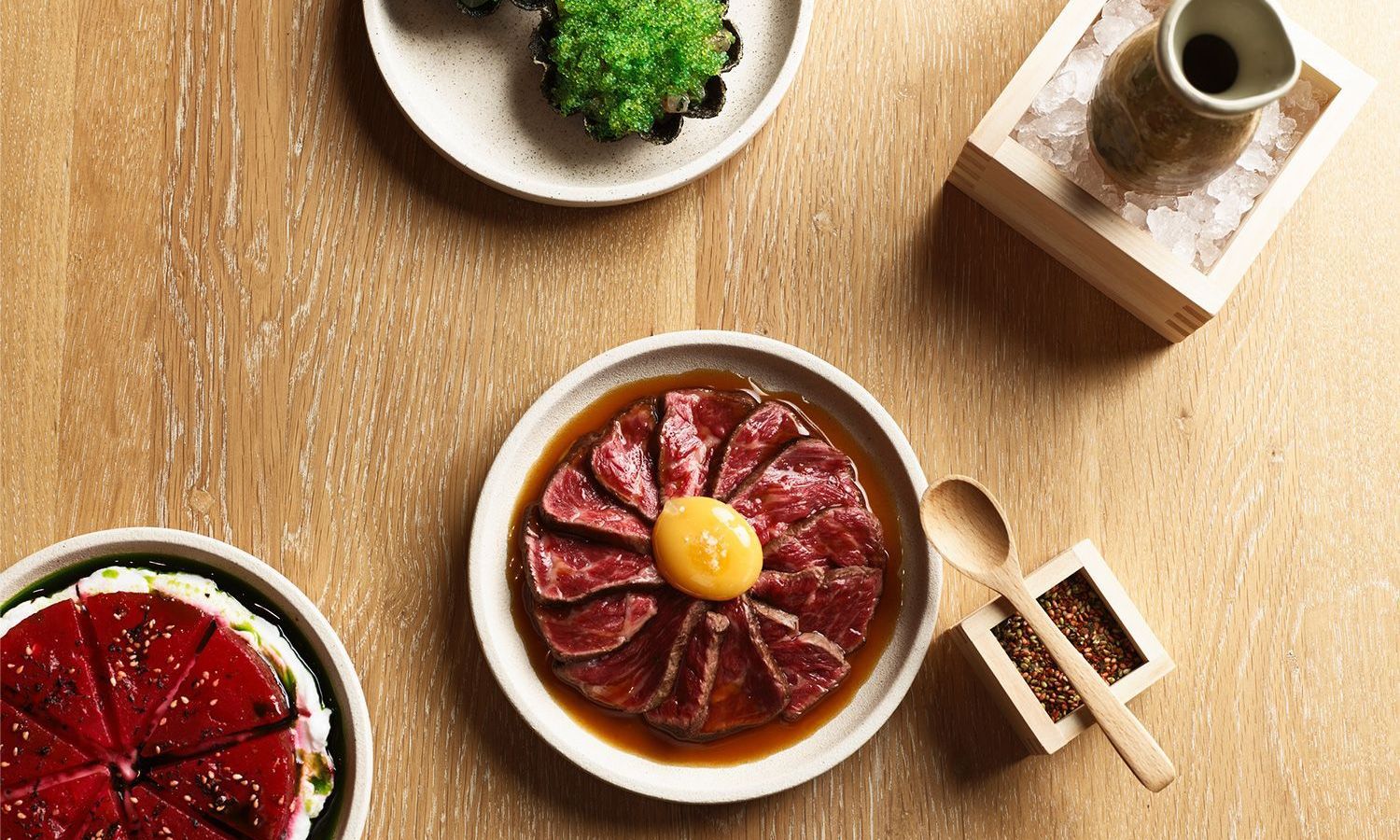
Tara Chua, the head chef, emphasized the importance of guest experience: “Guest experience is super important to us. We felt that the flexibility of sitting anywhere in the venue and ordering omakase allows our guests to feel at ease and provides them with a more personalized dining experience.”
Although the chef’s counter does have benefits, you can’t experience at a table, such as direct access to the chefs armed with answers for every question and let’s not forget about the front-row seat to the slicing, dicing, and whipping show.
Rekodo offers two Omakase options: a small ($95pp) and a large ($125pp). The difference is five dishes between them. Each menu is fully interchangeable. If something from the à la carte menu catches your eye, you can request substitutions—a departure from the traditional omakase experience.
Though letting the staff decide is a welcome challenge, sometimes it’s preferred, hinted Chua. “Crafting a menu for a guest is heavily influenced by their preferences and dining experiences. Once we understand that, we can showcase our creativity by serving off-menu dishes and taking the guests on a culinary adventure.”
The culinary adventure is the very motivation behind a tasting menu. Its purpose is to acquaint you with ingredients you might not typically choose from a menu, to delight your taste buds, and to offer a tailored dining experience.
Though, compulsory tasting menus are not on anyone’s agenda. As always with dining, the decision is entirely up to you.
Related: The Best Set Menus In Sydney You Can Get For Under $100
Related: 34 of the Best New Bars and Restaurants in Sydney
Read more stories from The Latch and subscribe to our email newsletter.


